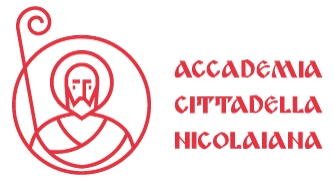Hosted by the buildings of the Bari Episcopate, the Diocesan Museum of Bari identifies and collects a vast collection of sacred art and historical-archaeological finds that expand over a period of time between the Lombard era and the contemporary period (until the eighteenth century).
The Diocesan Museum of Bari, set up on the first floor of the Archiepiscopal Palace, was established on June 7 1981,at the behest of Archbishop Mariano Magrassi, to enhance the knowledge of the historical and artistic heritage, from the Cathedral of Saint Sabine, the diocesan territory and from donations.
The itinerary includes an archive of documents concerning the history of the Cathedral: from the architectural drawings for its realization to photos and texts dating back to various eras.
A vast room of sculptural findings exhibits precious testimonies of the construction (early Christian and medieval) of the Cathedral. Of particular interest are the floors dating back to the sixth century, the Byzantine barriers (eleventh century), and some medieval slabs (thirteenth century), rare fragments of lintel and capital and tombstones of the fifteenth century.
Continuing along the route, in the Hall of Paintings, you can admire various paintings, including the “Madonna with Child” by ZT, a monogram that identifies a painter with a complex and versatile personality, first documented in Apulia between 1500 and 1539.
Finally, the treasure room collects the most representative artifacts in precious metal of the Cathedral, which escaped confiscation and accompanied in past centuries the periods of disaster and war. Chalices, ciboria, monstrance and other objects related to the liturgy, as well as reliquaries, evidence of the widespread veneration of bone fragments and objects related to the cult of saints.
The Museum also houses one of the most significant testimonies of the historical memories of Bari and a real treasure given by long scrolls of parchment dating back to 797 that shows the Exultet, the hymn sung by the deacon at the beginning of the Easter Vigil, announcing the resurrection of Christ.




